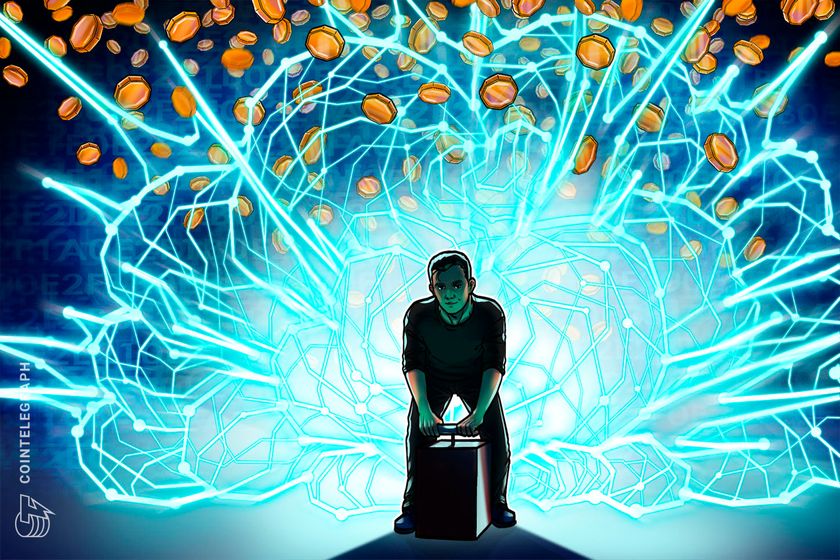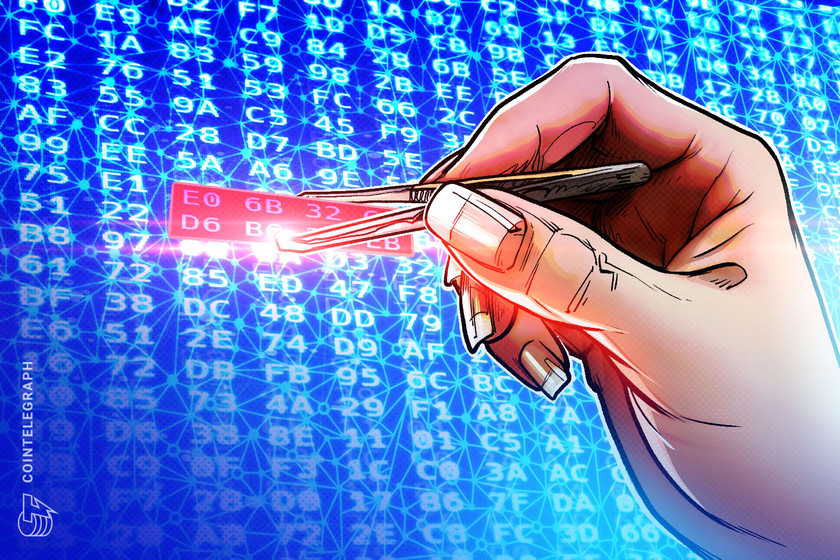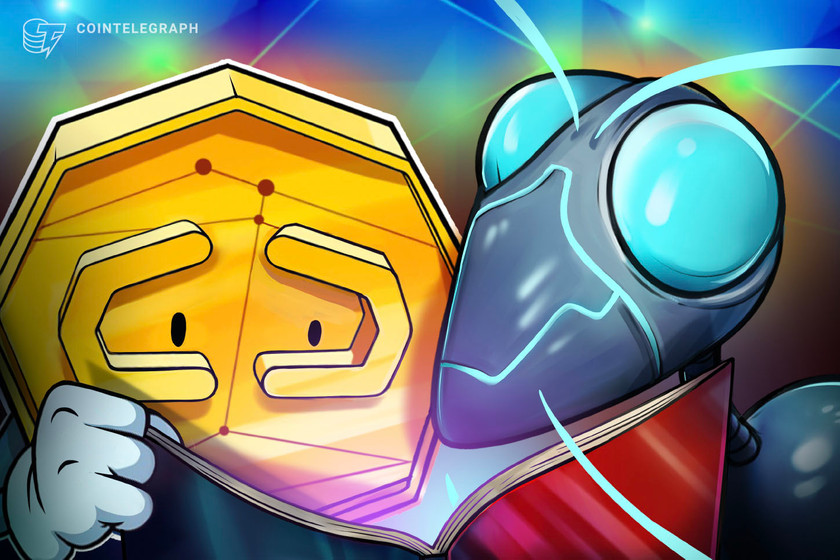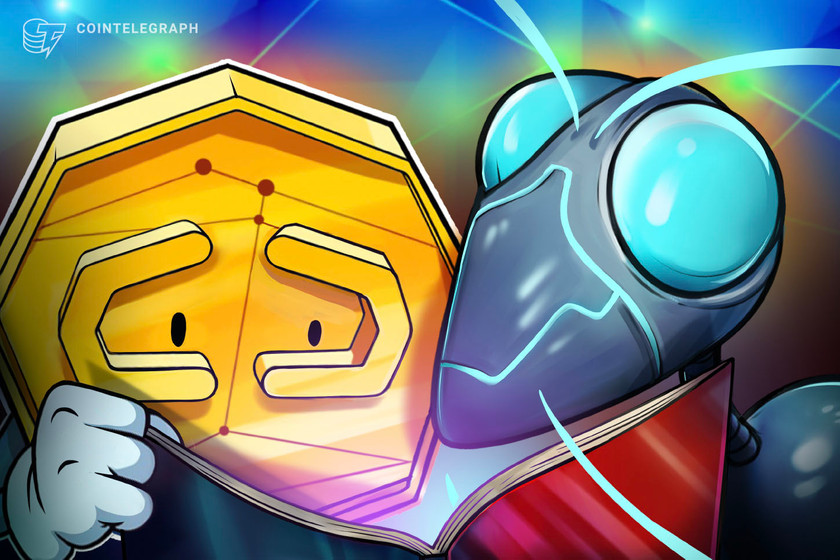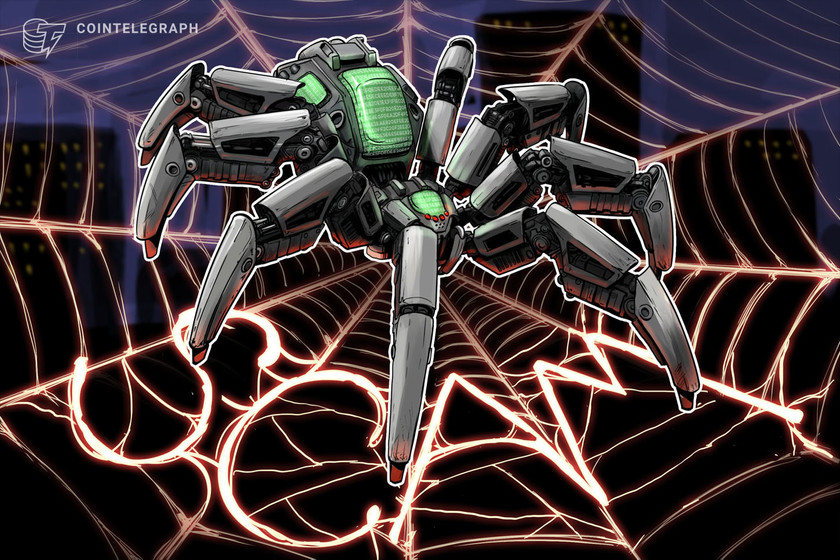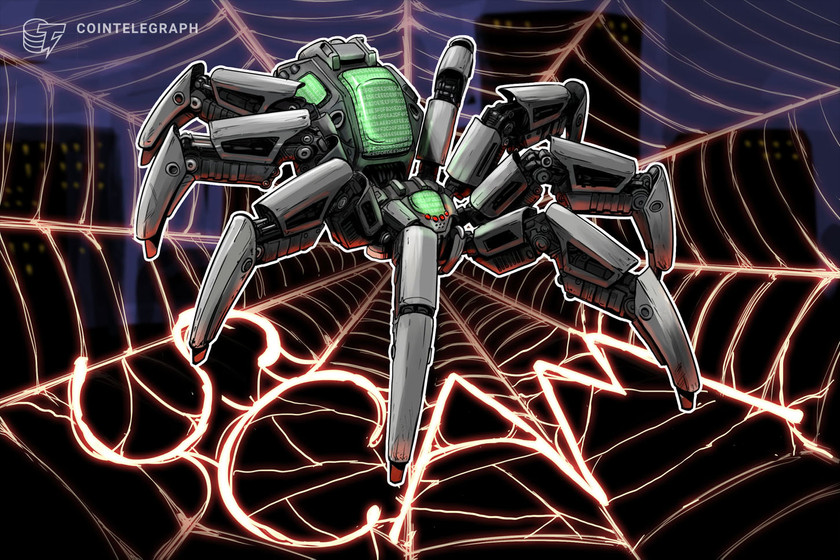Starknet token distribution not yet finalized, despite speculation over portal screenshots



The Starknet Foundation is warning community members to be on the lookout for scams relating to circulating screenshots of early iterations of a token distribution portal.
The Starknet Foundation has moved quickly to quash speculation around screenshots of early iterations of a distribution portal for the upcoming launch of its native SRTK ecosystem token.
Information shared with Cointelegraph ahead of an announcement on X (formerly Twitter) outlined that the Foundation is still developing plans to distribute the token to certain users, contributors, and investors. The Ethereum layer 2 scaling network previously outlined initial plans for the Starknet token design in July 2022.
We have seen that a preview of an iteration of a possible provisions portal has been shared on social media.
— Starknet Foundation (@StarknetFndn) December 1, 2023
Screenshots disseminated online have been labeled “draft plans that are still under development.” A spokesperson from StarkWare told Cointelegraph that details of official criteria and the provision mechanism of STRK tokens will be shared once the company has finalized them:
“The cut-off for any criteria used to determine who may receive tokens or how many tokens is in the past, and no actions or activity now can impact eligibility in any way.”
The company also stressed that community members should be acutely aware of scams that will look to take advantage of any uncertainty around the STRK token distribution.
Related: Ethereum L2 Starknet aims to decentralize core components of its scaling network
A number of different X users reposted screenshots of the early iterations of the Starknet token provisions portal and further information that alluded to certain requirements to receive STRK tokens.

